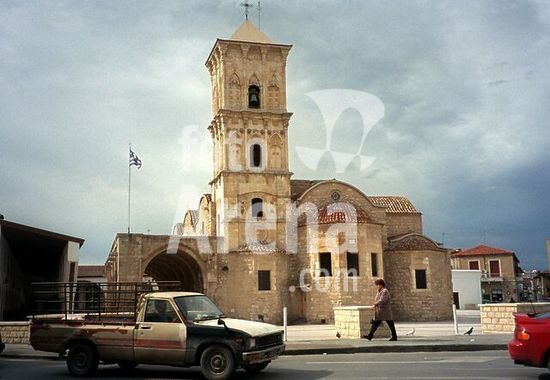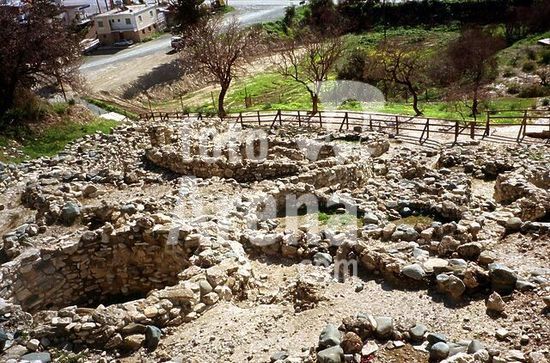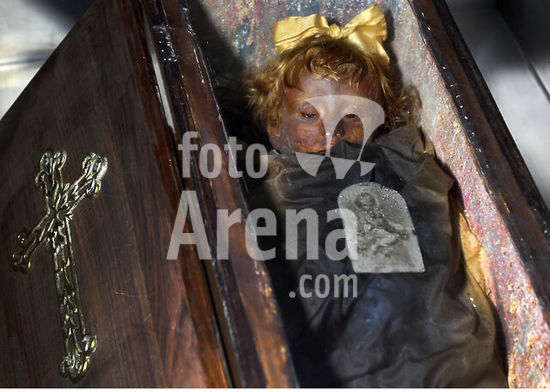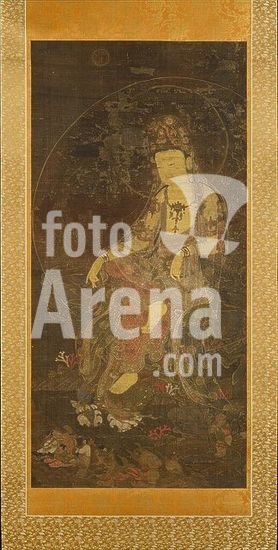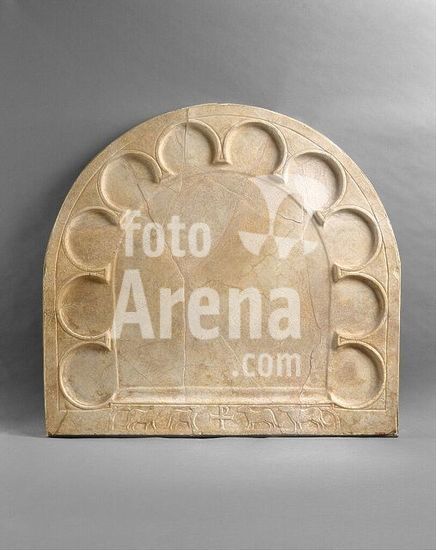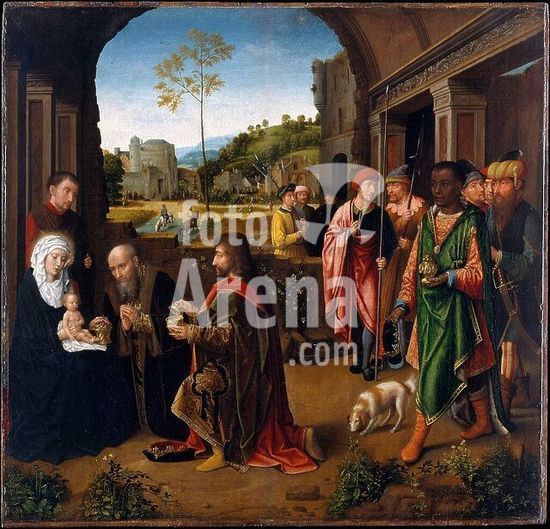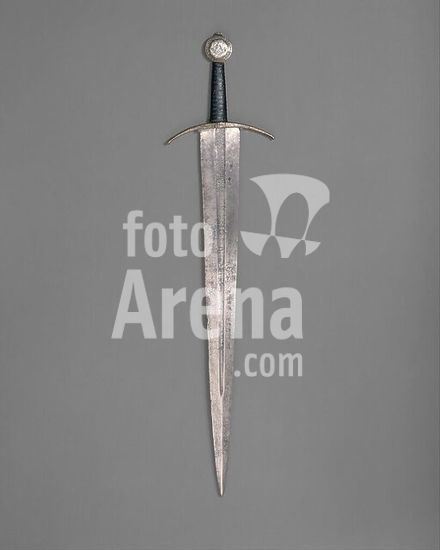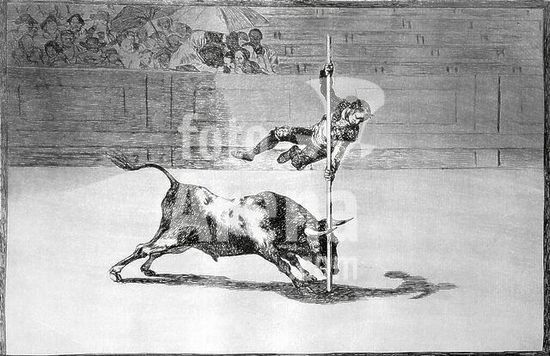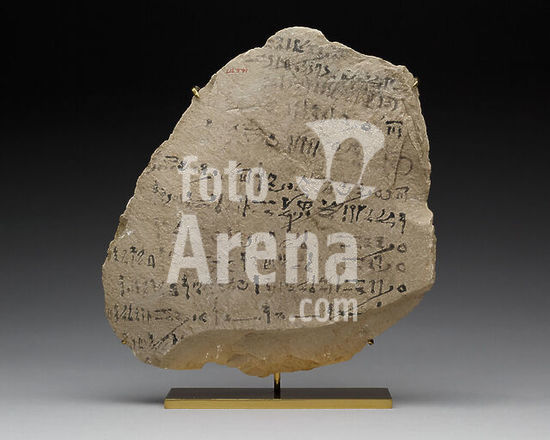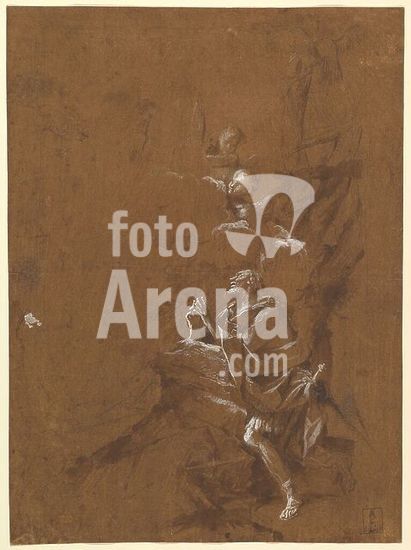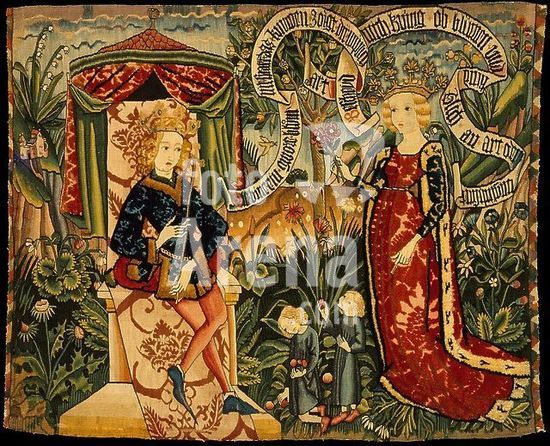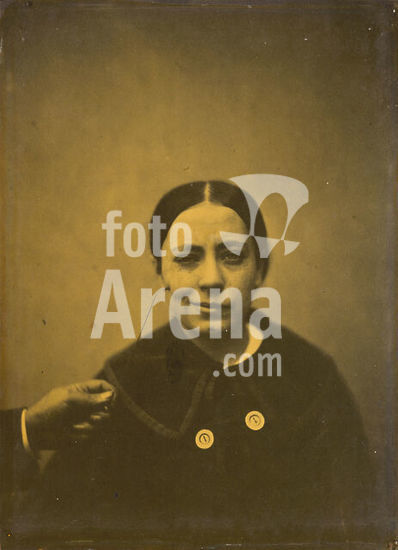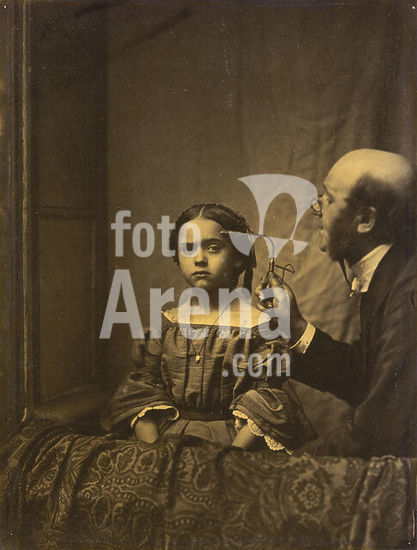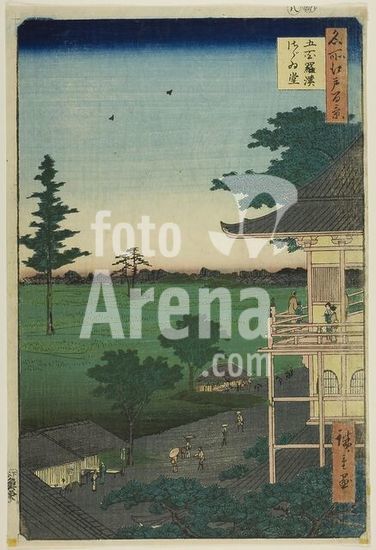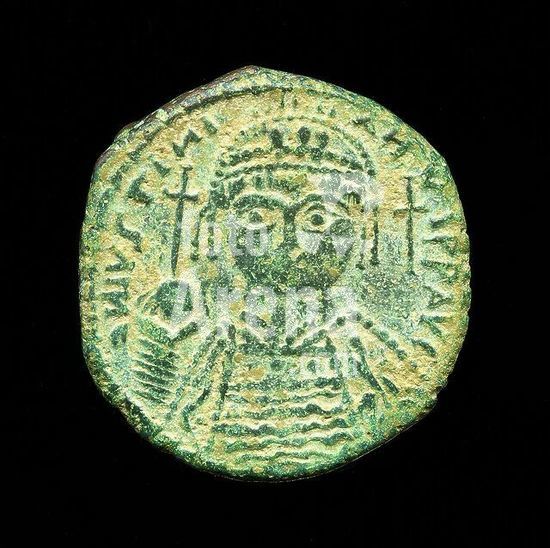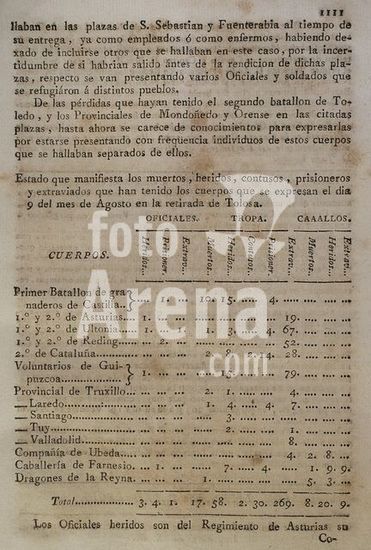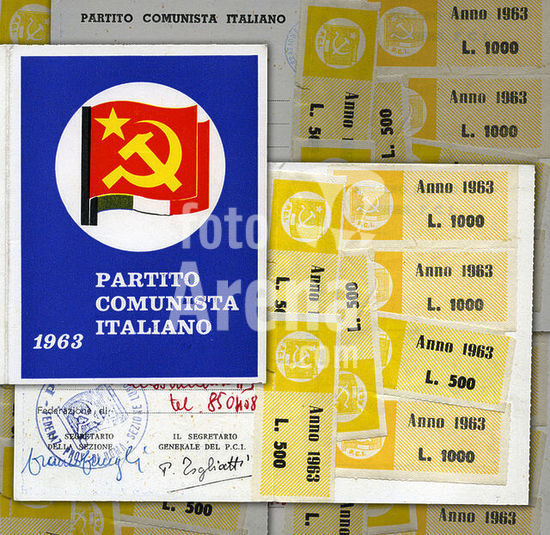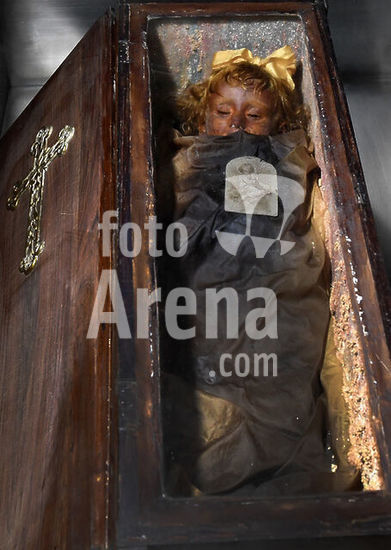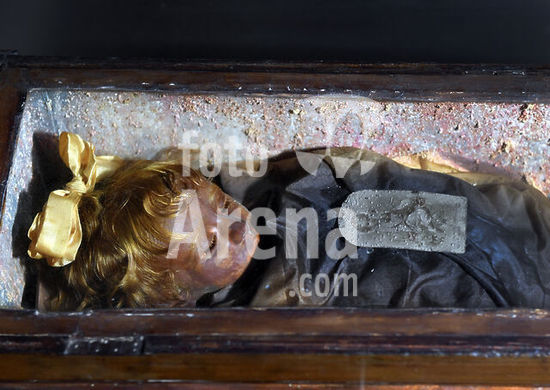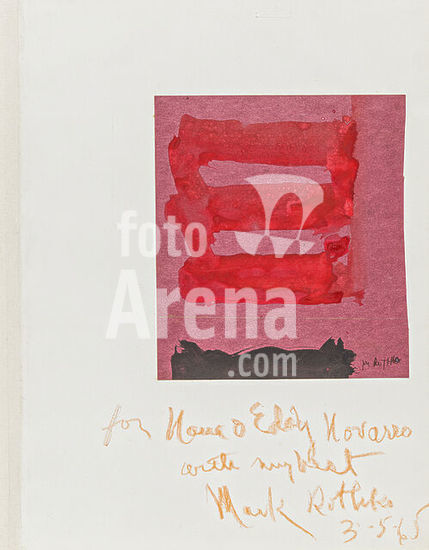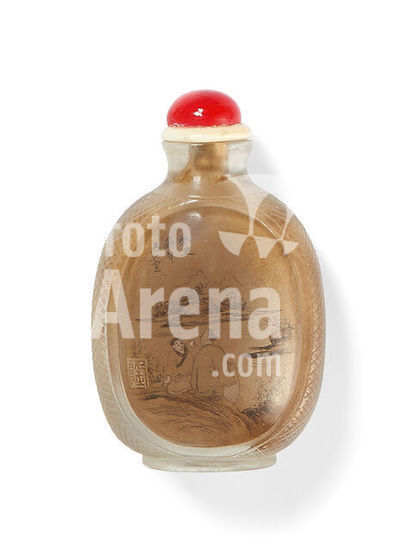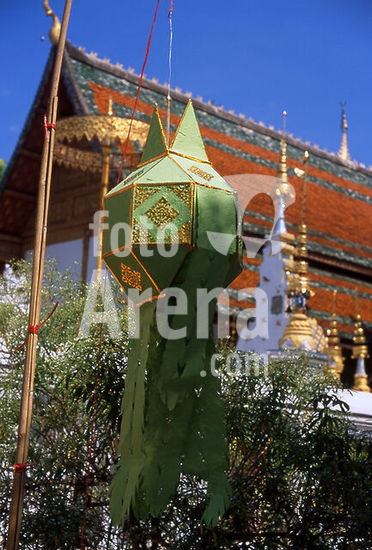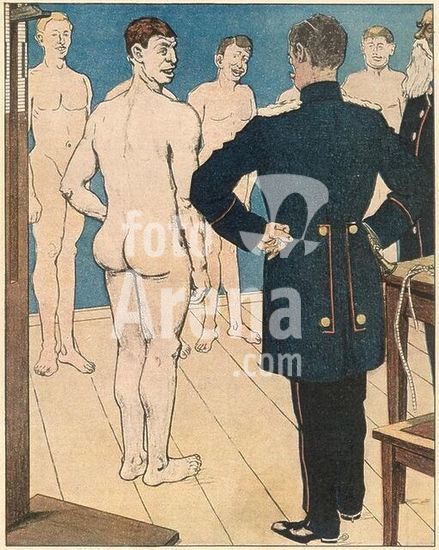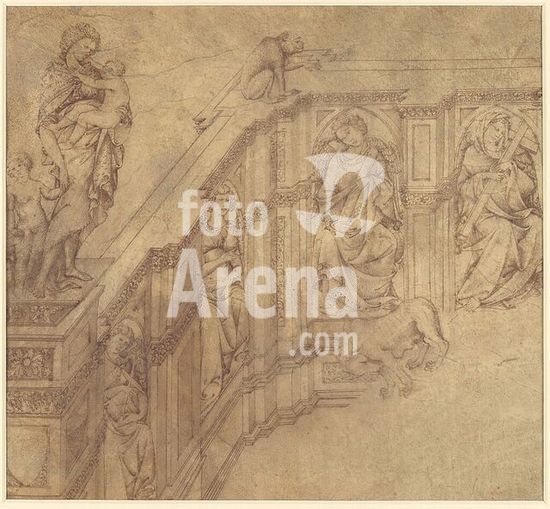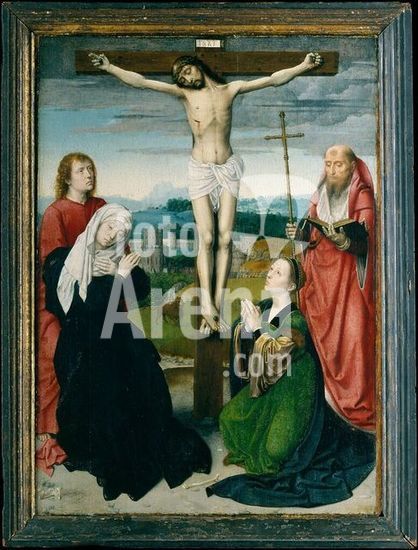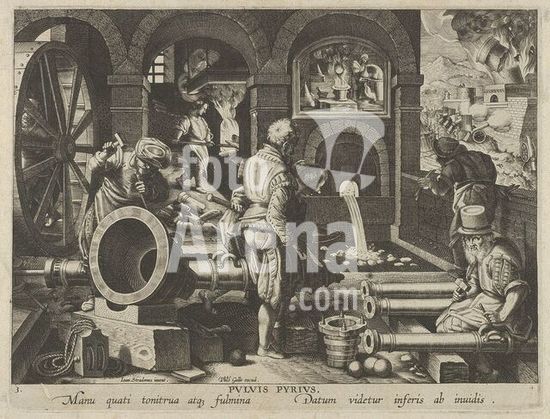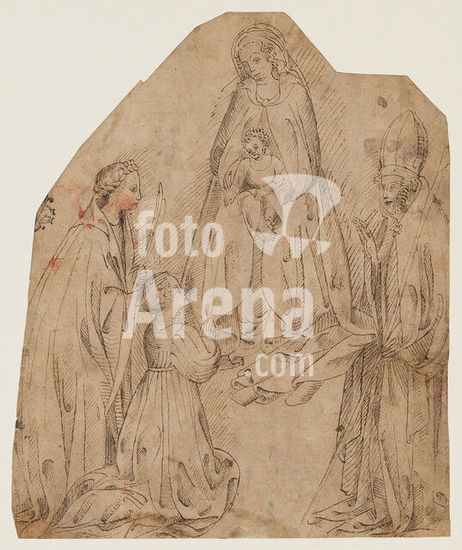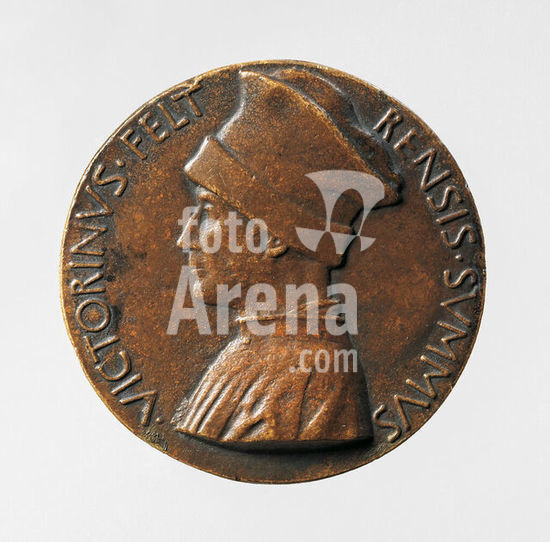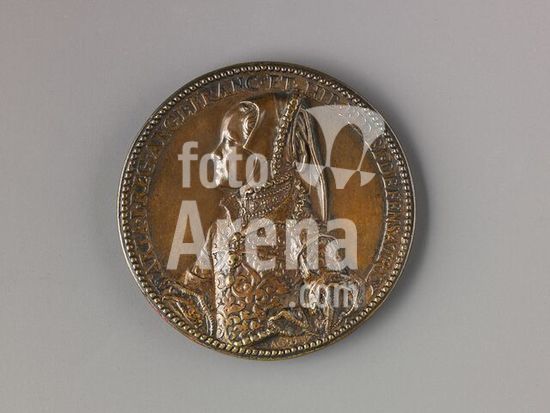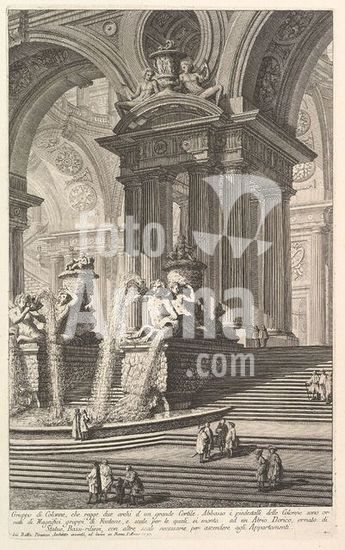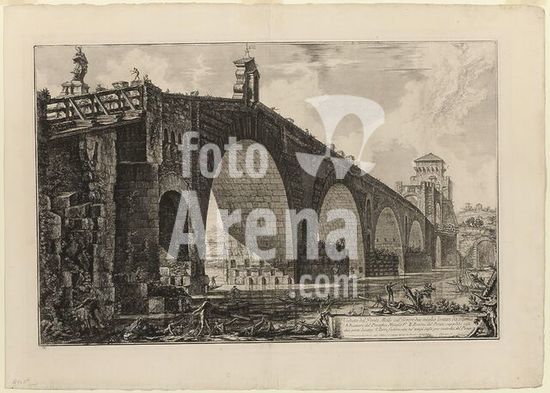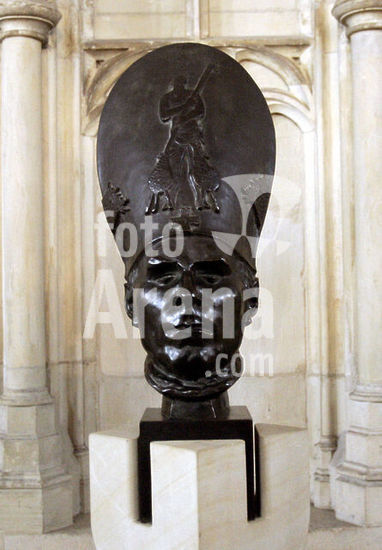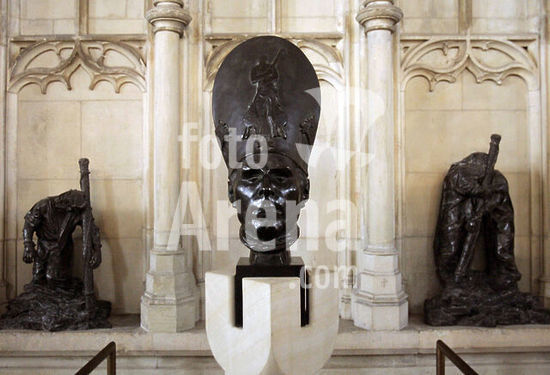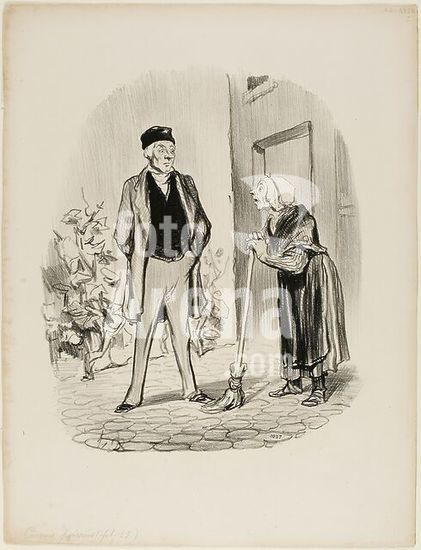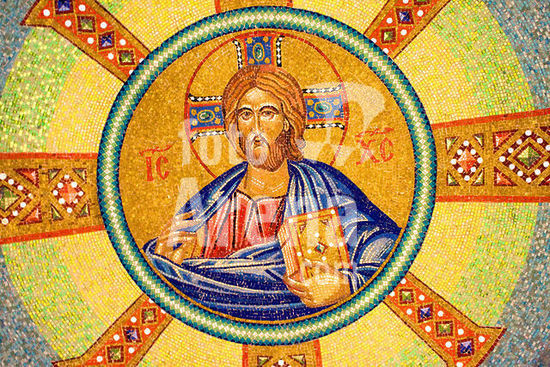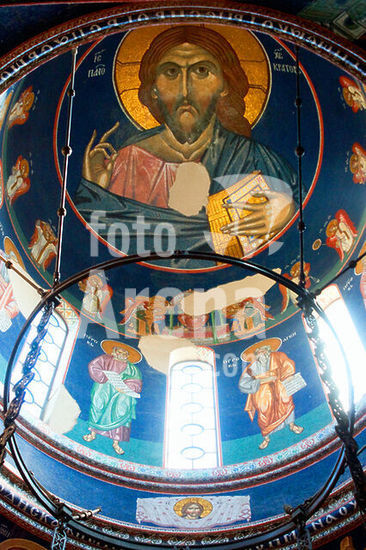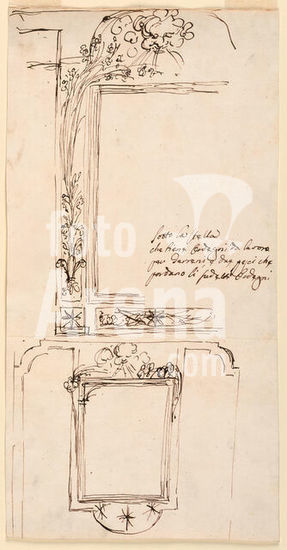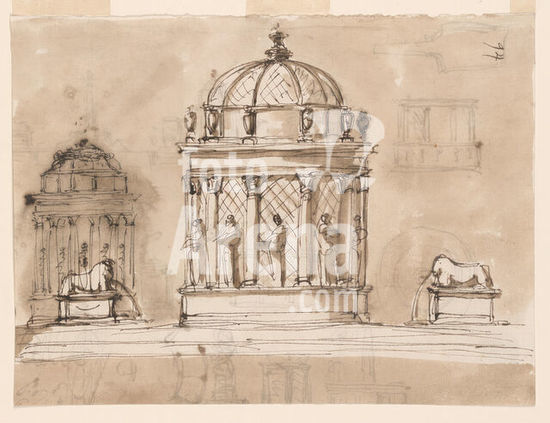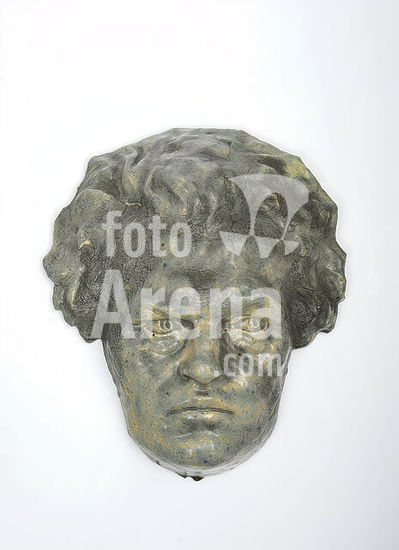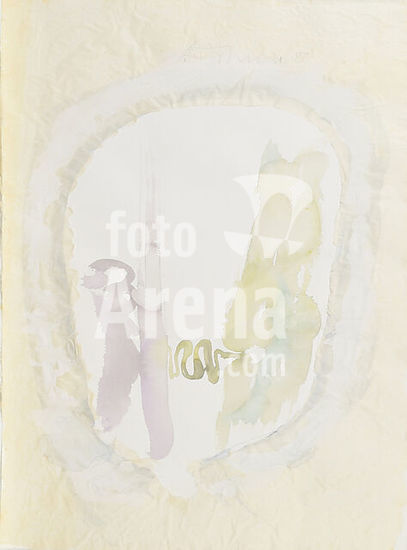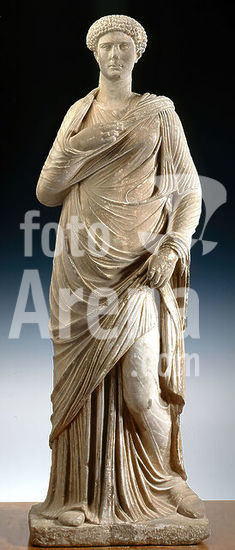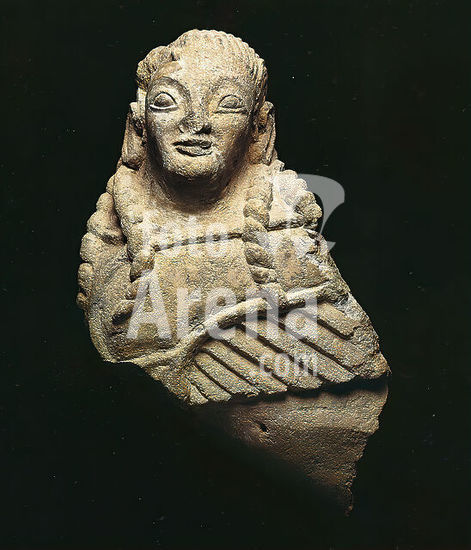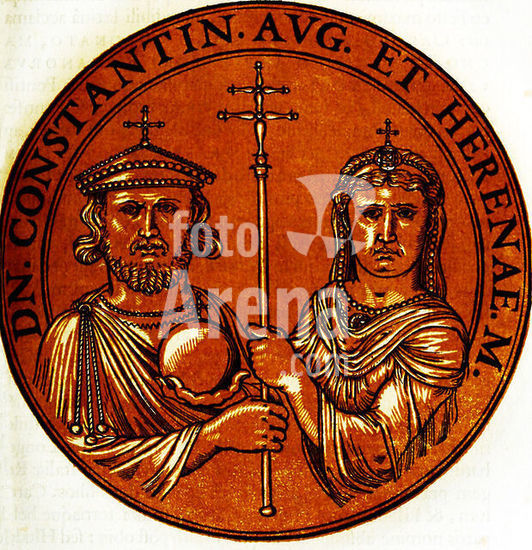
alb3613939
Washstand (athénienne or lavabo). Culture: French, Paris. Designer: Design attributed to Charles Percier (French, Paris 1764-1838 Paris). Dimensions: Height: 36 3/8 in. (92.4 cm); Diameter: 19 1/2 in. (49.5 cm). Maker: Gilt bronze mounts by Martin-Guillaume Biennais (French, 1764-1843, active ca. 1796-1819). Date: 1800-1814.The form of this elegant washstand ultimately derives from the ancient Greco-Roman three-legged perfume burner or brazier, of which the designer Charles Percier had made some study. The decoration reflects his familiarity with the wall decorations in the emperor Nero's Golden House and their adaptation in Raphael's Logge in the Vatican. A reappreciation during the Renaissance of the tripod as a luxury item of the utmost refinement is documented as early as 1499 by an example illustrated in Francesco Colonna's Hypnerotomachia Poliphili, published in Venice that year.[1] A further not-to-be-underestimated influence on Percier was Neoclassical paintings illustrating ancient Greek mythology, such as The Loves of Paris and Helen, commissioned from Jacques-Louis David (1748-1825) by the comte d'Artois in 1788.[2] The designer was also familiar with the richly illustrated seven-volume Recueil d'antiquités (1752-67) by the comte de Caylus (1692-1765),[3] and the Recueil et parallèle des édi fices by Jean-Nicolas-Louis Durand (1760-1834), published between 1799 and 1801 in Paris, in which plate 25 was devoted to tripod forms, among other types of Roman objects.[4]The shape of the base and of the shelf--triangular with canted sides--can be traced back to a famous antique Roman tripod named after the French antiquarian Nicolas-Claude Fabri de Peirese (1580-1637).[5] Percier was probably also acquainted with the athénienne designed about 1773 by Jean-Henri Eberts (acc. no. 1993.355.1), which has the same type of base.The long-accepted attribution of the design of this athénienne to Charles Percier, the imaginative friend of Pierre-François-Léonard Fontaine (1762-1853), who in partnership with Fontaine dominated interior design in France during the Empire period, is based on its close similarity to a large colored drawing ascribed to Percier now in the Musée des Arts Décoratifs in Paris.[6] The maker of the Museum's piece, Martin-Guillaume Biennais, was perhaps the most accomplished goldsmith and entrepreneur of his time in France (see also acc. no. 26.168.77). He owed his economic success to the dissolution of the mighty Parisian guilds, the grandes corporations, which had controlled the activity of all craftsmen and artisans during the ancien régime. Like other skillful young goldsmiths he found himself free after the Revolution to explore business opportunities without corporate obstacles and turned his back on the outdated privileges and jealousies of the habitually conservative former guild masters. One of seven children, Biennais was born into a simple laboring family in 1764. Four decades later, he headed the most important goldsmith's and jeweler's firm in continental Europe. His inventive traveling sets and ostentatious tableware found favor not only with the emperor and his entourage but also with the swarm of nouveaux riches and self-made men who flourished in prosperous post-Revolutionary France.[7] Biennais's products were smartly promoted on his business card of 1806. It shows at the left in an architectural niche a fashionable tripod, most likely a perfume burner or brazier, crowned by a swan with spread wings.[8]There is an iron plate on the underside of the triangular shelf between the legs of the Museum's example. This served as an attachment for a lost, hanging bell-shaped ornament decorated with a stylized acanthus-and-acorn motif. How the bell hung down over the stand can be seen in another version of this model in Fontainebleau.[9] The unusually formed, bold ormolu mount would have shifted the eye slightly toward the gilt-metal parts below, creating a better balance between the warm-colored wood and gilded bronze mounts and the sparkling, moonlight-cold look of the silver basin and ewer (both missing from the Museum's piece). Several simpler washstands are recorded in inventories of Napoleon's palaces.[10]Percier's athénienne is known in three versions: the above-mentioned example at Fontainebleau, which has a probably not original dark, patinated metal basin (the ewer is lost); the present piece; and the famous personal washstand of Napoleon, today at the Musée du Louvre, Paris.[11] Napoleon kept it in his bedroom at the Palais des Tuileries, where he settled early in 1800, the year in which he commissioned the stand. It was one of the few personal luxury items that accompanied the emperor into exile at Saint Helena.Like Napoleon's washstand, this example is decorated with masterfully executed dolphins and swans, both graceful allusions to Napoleon as the rightful successor of the Sun King, Louis XIV. The firstborn son of each French ruler was called the "Dauphin," a word that also means dolphin. That jolly sea-dweller and also the winged sea creatures on the frieze around the triangular shelf suggest the Mediterranean, which forms the southern border of France and surrounds the island of Corsica, the birthplace of Napoleon.[12] The swan, which was believed to utter a beautiful song at the time of its death, was associated with Apollo, god of music, with whom Louis XIV identified himself. The swan is also a symbol of beauty and of parental solicitude. At the approach of danger, with feathers puffed up and anxiously hissing, these birds protect their young within the wall of their white wings. Napoleon's consort, Josephine, and her children were frequently compared to a swan and its cygnets.[13] The swan was chosen as her symbol by Claude, wife of Francis I, the French Renaissance king whom Napoleon greatly admired.The Museum's athénienne was certainly made for a close friend or relative of the emperor. It is a superior example of the new Empire style, through which Napoleon, with the aid of leading artisans, tried to emulate the lavish decors of the ancien régime, modified by the classical restraint and formality of the art of the caesars of ancient Rome. Empire furniture of such superbly calculated plan and proportions may express better than anything else the confidence, fresh ideas, and energy of the age.[Wolfram Koeppe 2006]Footnotes:[1] Peter Thornton. The Italian Renaissance Interior, 1400-1600. New York, 1991, p. 212, pl. 240.[2] Jacques-Louis David, 1748-1825. Exh. cat., Musée du Louvre, Paris, and Musée National du Château, Versailles. Paris, 1989, pp. 184-88, no. 79; and Anne Dion-Tenenbaum. L'orfèvre de Napoléon: Martin-Guillaume Biennais. Exh. cat., Musée du Louvre. Les dossiers due Musée du Louvre. Paris, 2003, p. 20, fig. 9.[3] Claudio Paolini, Alessandra Ponte, and Ornella Selvafolta. Il bello "ritrovato": Gusto, ambienti, mobili dell'Ottocento. Novara, 1990, p. 30.[4] John Morley. The History of Furniture: Twenty-five Centuries of Style and Design in the Western Tradition. Boston, 1999, p. 17, fig. 10 (dated 1802); and D'après l'antique. Exh. cat., Musée du Louvre. Paris, 2000, p. 345, no. 159 (entry by Anne Dion-Tenenbaum).[5] For the Peirese tripod, see John Morley. The History of Furniture: Twenty-five Centuries of Style and Design in the Western Tradition. Boston, 1999, p. 25, fig. 27.[6] Anne Dion-Tenenbaum. L'orfèvre de Napoléon: Martin-Guillaume Biennais. Exh. cat., Musée du Louvre. Les dossiers due Musée du Louvre. Paris, 2003, pp. 19-20, no. 2; in this excellent study Dion-Tenenbaum discusses the evolution of the tripod form in great detail.[7] Ibid., pp. 11-17.[8] Ibid., p. 14, fig. 3.[9] The third known version of this model, in the Musée du Louvre, Paris, has an identical iron plate, but the pendent bell ornament has been lost. On this washstand, see below at n. 11. For the second version, at Fontainebleau, see Anne Dion-Tenenbaum. L'orfèvre de Napoléon: Martin-Guillaume Biennais. Exh. cat., Musée du Louvre. Les dossiers due Musée du Louvre. Paris, 2003, pp. 23-24, no. 4.[10] For example, "une athénienne dorée beau bois d'acajou, pot et jatte dorés" (a gilded athénienne of mahogany, the ewer and bowl gilded) and another with gilded ewer and bowl decorated with palmettes; Archives Nationales, Paris, O2 55.[11] For Napoleon's washstand, see R., G., and C. Ledoux-Lebard. "L'inventaire des appartements de l'empereur Napoléon Ier aux Tuileries." Bulletin de la Société de l'Histoire de l'Art Français, 1952 (pub. 1953), p. 200, no. 872; D'après l'antique. Exh. cat., Musée du Louvre. Paris, 2000, pp. 346-47, no. 160 (entry by Anne Dion-Tenenbaum); Anne Dion-Tenenbaum. L'orfèvre de Napoléon: Martin-Guillaume Biennais. Exh. cat., Musée du Louvre. Les dossiers due Musée du Louvre. Paris, 2003, pp. 21-22, no. 3; Gail Feigenbaum. Jefferson's America and Napoleon's France: An Exhibition for the Louisiana Purchase Bicentennial. Exh. cat., New Orleans Museum of Art. New Orleans, 2003, p. 71, no. 47 (entry by David O'Brien); and Elke Pastré. "Der Goldschmied Napoleons." Weltkunst 73 (December 2003), p. 2109, fig. 4.[12] A Greek mosaic found on the island of Delos is decorated with dolphins and the same wavelike Vitruvian scroll ornament that encircles the upper ring of the basin holder of the Museum's washstand. For the mosaic, see Pierre Arizzoli-Clémental. "Néoclassicisme." In L'art décoratif en Europe, ed. Alain Gruber, vol. 3, Du Néoclassicisme à l'Art Déco, pp. 21-127. Paris, 1994, p. 62.[13] James David Draper, with Clare Le Corbeiller. The Arts under Napoleon: An Exhibition of the Department of European Sculpture and Decorative Arts, with Loans from the Audrey B. Love Foundation and Other New York Collections. Exh. cat., The Metropolitan Museum of Art. New York, 1978, p. [4]. On the symbolism of swans, see James Hall. Dictionary of Subjects and Symbols in Art. Rev. ed. New York, 1979, p. 294. Museum: Metropolitan Museum of Art, New York, USA.
DC



